9.35 Illusion Laboratory
Spring 2020 Vision Lab
Can the illusion of aerial perspective persist with color palatte swaps and the removal of blur?
Aerial perspective is a depth cue commonly displayed in art to imply farther away images such as mountains. The classic model is that farther away objects are bluer and blurrier. In two separate papers headed by Robert O'Shea, both color contrast and blur were identified as the chief monocular cues to clue in to the perception of the object as farther away (O'Shea et al. 1994 and 1997). However, O'Shea et al. maintained typical color compositions in testing this perception of aerial perspective. Consequently, it is unseen whether aerial perspective persists if the color arrangement of a scene deviates from the norm. My initial hypothesis was that color palate swaps for scenes with aerial perspective would not yield the illusion of depth because Bayesian analysis would falter due to a poor likelihood and lack of a prior. Furthermore, introducing blur to an atypically colored scene should improve the illusion of depth. I first created a "control" scene with a gray (textured - for more "realism" to educate the probability) mountain range in the foreground and blue range in the background. I created a few variations with blur on either or both mountain ranges. The participant should judge their perception of depth on each image. The test case sets of images follow the same pattern of blurs as the control. The only blur that was discontinued was the exclusive foreground blur as it did not appear to be relevant to the illusion. The color arrangements are (in the order of foreground/background) gray/red, gray/brown, red/orange. The rationale for these choices was examining the relationship of colors that are related to each other (gray/brown and red/orange) and those that are fairly different (gray/red). Participants should again judge if the illusion of depth through this aerial perspective is ever introduced or maintained. Each set is in the order of no blur, background blur, and foreground+background blur (with the control set containing the additional exclusive foreground blur.)
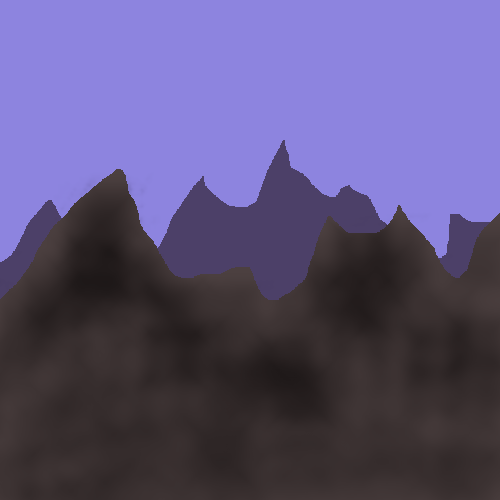
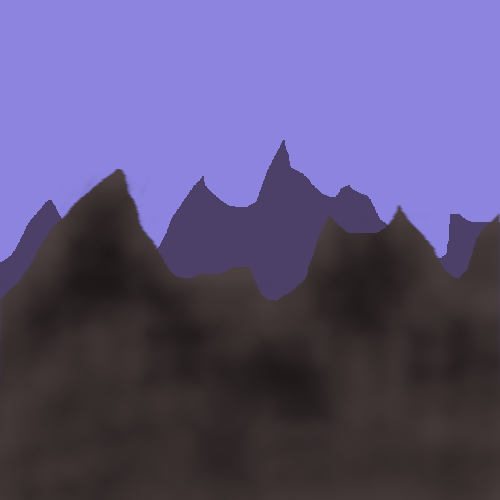

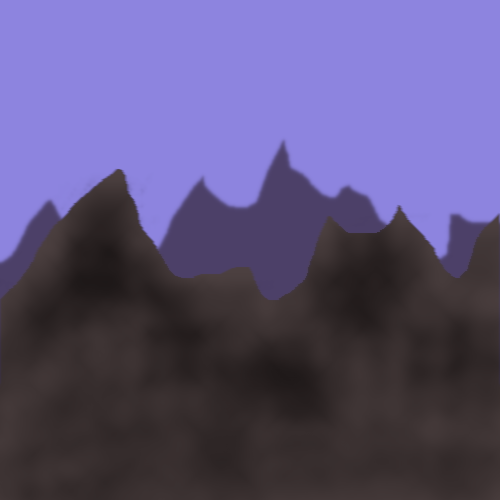
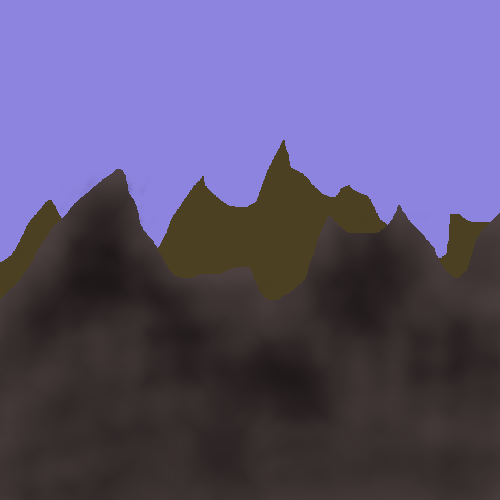 <
<
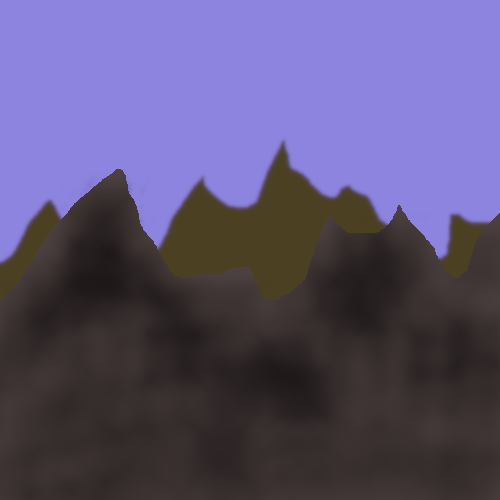
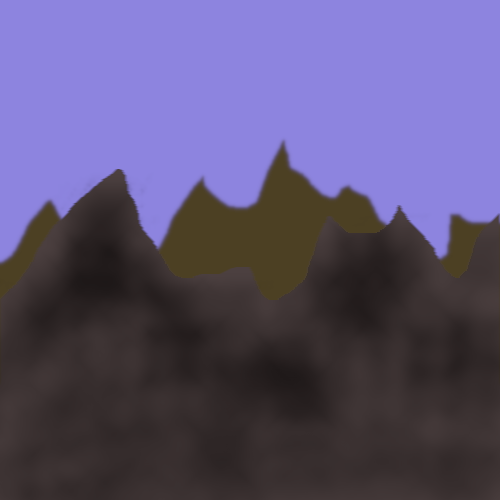

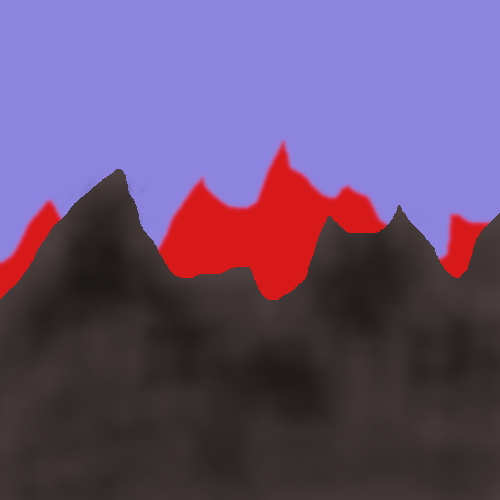
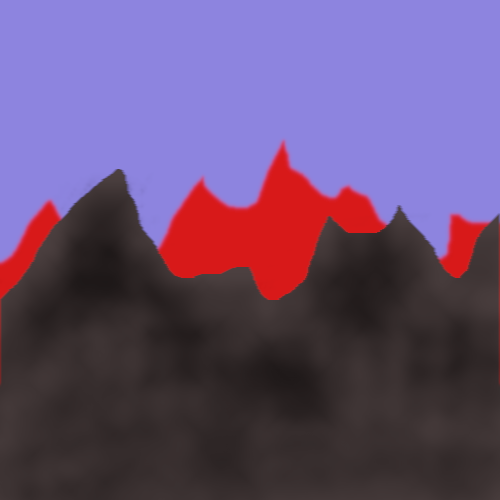
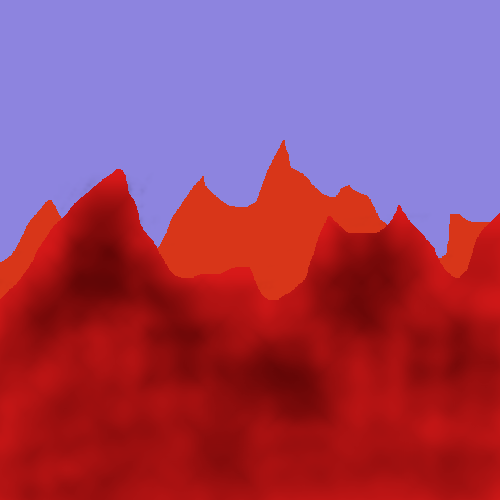

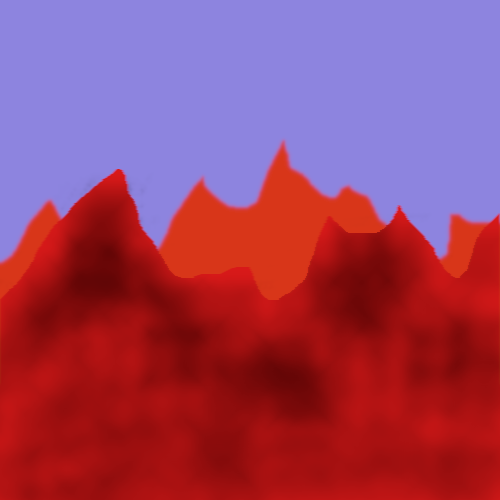
O'Shea, Robert et al. 1994, "Contrast as a depth cue," Vision Research, vol. 34, no. 12, p. 1595-1604. O'Shea, Robert et al. 1997, "Blur and contrast as pictorial depth cues," Perception, vol. 26, no. 5, p. 599-612.
